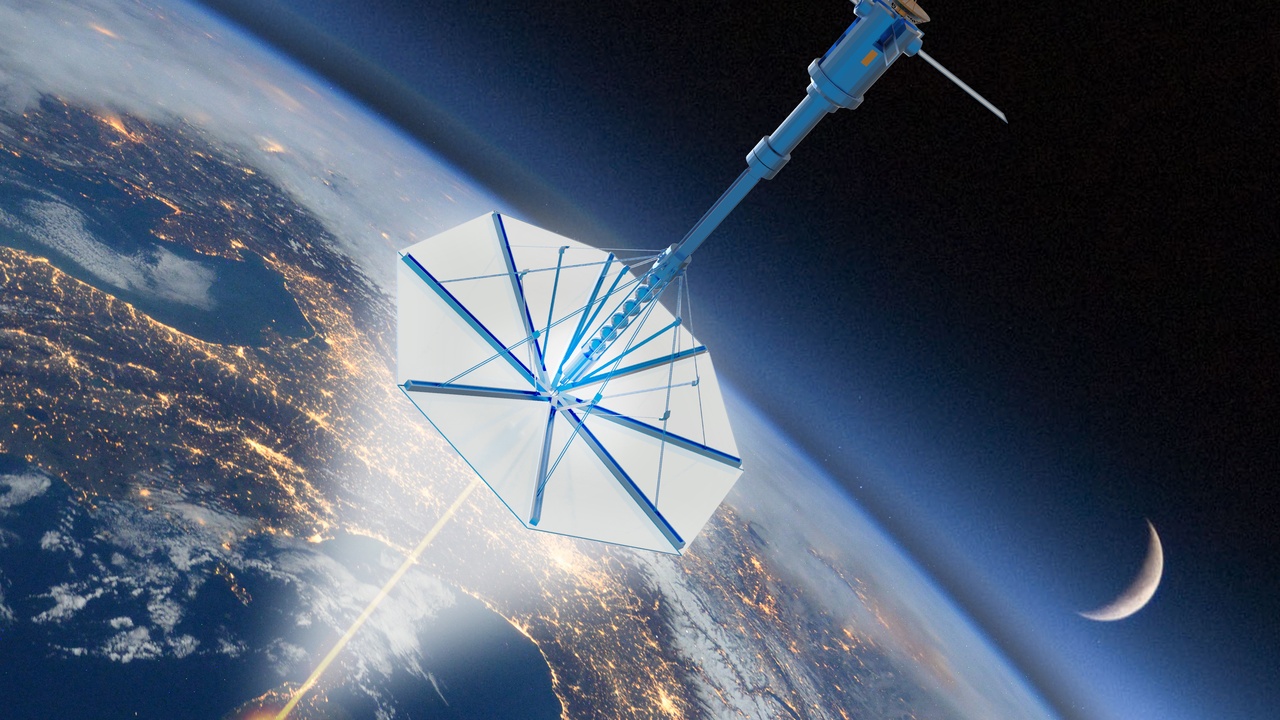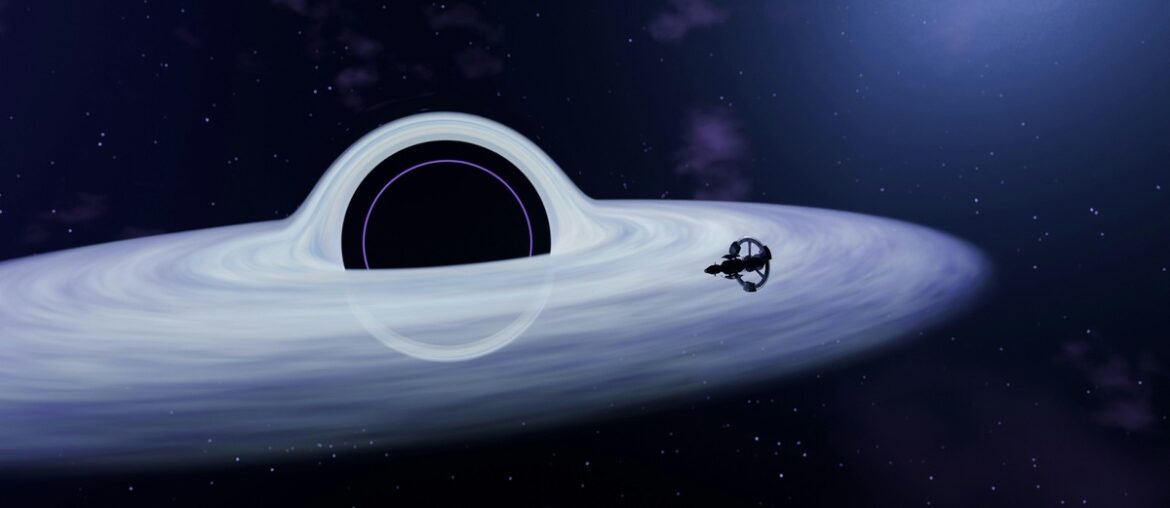10 Mysteries of Interstellar Travel
When Yuri Gagarin became the first human in space on April 12, 1961, he proved leaving Earth was possible; interstellar travel remains the next, far harder step.
Leaving low Earth orbit changed science, politics, and industry; journeys between the stars would do so on a far larger scale. Visiting another star promises unmatched scientific discovery (in-situ exoplanet study), improves species resilience by creating off-world options, and could shift long-term economic activity into space. The nearest star system, Proxima Centauri, sits about 4.24 light-years away, which makes the engineering and social stakes enormous.
Interstellar travel isn’t a single problem to solve but a web of ten deep, interlocking mysteries — from propulsion and energy to human psychology and unknown hazards — each requiring decades of research and new technology.
This article examines exactly ten core mysteries, grouped into three categories: propulsion & energy, life-support & human factors, and navigation & unknown hazards, and explains why each is a critical, independent research challenge.
Propulsion and Energy Challenges

Propulsion and energy dominate mass, cost, and mission architecture: accelerating mass to a meaningful fraction of light speed requires enormous energy, and every extra kilogram amplifies the problem. Below are four technical mysteries that set hard limits on what we can do for probes or crewed ships.
1. Achieving relativistic speeds
Reaching even 0.1c (10 percent of light speed) is the central engineering mystery: kinetic energy rises with v², so going from 0.05c to 0.1c increases energy needs fourfold. Mission studies propose cruise speeds in the 0.1–0.2c range for practical interstellar probes.
Two benchmark studies illustrate the range: the 1970s Project Daedalus sketched a fusion-driven flyby around 0.12c for a multi-ton probe, while modern Breakthrough Starshot targets roughly 0.2c for gram-scale sails pushed by ground-based lasers. At 0.1–0.2c, transit to Proxima at 4.24 light-years drops from millennia to decades.
Chemical rockets fail because the Tsiolkovsky rocket equation requires unrealistically high propellant mass ratios for those delta-v values; new physics or wholly different engineering approaches are needed for relativistic cruise.
2. Fuel, energy sourcing, and storage
Where do you get the energy and how do you store it? Mass–energy equivalence gives a sense of scale: about 9×10^16 joules per kilogram. That extreme density is why antimatter or matter–antimatter concepts look attractive, yet production rates, containment, and cost remain prohibitive.
Beamed propulsion shifts the energy off the ship: a gram-scale laser-pushed sail (Breakthrough Starshot) removes onboard fuel but demands terawatt-class lasers and huge optics. By contrast, a tonne-scale probe to 0.1c would need orders of magnitude more onboard energy and storage, making the infrastructure and industrial effort entirely different.
3. Viable propulsion concepts
Several leading concepts exist but none are mature enough for crewed interstellar travel. Briefly: fusion drives (Project Daedalus) show theoretical promise but require controlled high-gain fusion and fuel handling; antimatter rockets give unmatched energy density but face production and containment gaps; beamed sails (Breakthrough Starshot) are plausible for tiny probes; interstellar ramjets are elegant on paper but struggle with the low density of the interstellar medium.
Near-term advanced propulsion work (NIAC-funded studies, electric thrusters like VASIMR) helps in-system operations and technology maturation, but scaling from kilowatts to megawatts or terawatts involves new materials, power systems, and testing facilities.
4. Heat rejection and structural mass at high power
Dumping waste heat is an unavoidable physics limiter. Radiators obey thermal emission laws, so radiator area and mass rise as propulsion power increases unless radiator temperatures are pushed higher, which stresses materials.
A multi-megawatt reactor or fusion engine will need radiators covering many square meters and adding tons to the mass budget. Those extra kilograms then require more propulsive energy, creating a cycle where thermal management becomes as decisive as the engine itself.
Life Support, Habitability, and Human Factors

Sending humans converts a physics problem into a sociotechnical one. Systems must last decades with repairable redundancy, and crews must stay healthy, productive, and cohesive under isolation and radiation that exceed terrestrial experience.
5. Closed-loop life support for decades
Building reliable closed-loop systems for air, water, and food over multi-decade missions is a core unknown. The ISS sets a benchmark: water reclamation approaches roughly 90 percent, and air revitalization systems recycle much of the cabin atmosphere, but those systems were never designed to run unattended for decades without major maintenance.
Research into bioregenerative approaches—algae, hydroponics, and microbial systems—aims to reduce resupply needs and increase robustness. For interstellar missions, designers will need hybrid systems with redundant, repairable modules rated for decades of operation.
6. Psychological and social dynamics of multi-decade voyages
How people fare under extreme isolation and a tiny social pool is poorly understood. Analog studies give data: Mars500 confined volunteers for 520 days, and Antarctic winter-over research reports issues with boredom, sleep, and team friction, but none fully emulate decades-long, one-way interstellar missions.
Crew selection, training, rotation of responsibilities, governance structures, and systems for meaningful work and variety will be central design drivers. Architectural choices—short transit with cryogenic crew, highly autonomous small crews, or multi-generational habitats—each carry distinct social and ethical tradeoffs.
7. Radiation exposure and biological risk
Deep-space radiation is a major health unknown. Earth’s average background is about 2.4 mSv per year, while deep-space doses can reach tens to hundreds of mSv per year depending on solar activity and shielding. Chronic exposure increases cancer risk and may affect the central nervous system.
Mitigation options include heavy passive shielding (which adds mass), active magnetic shielding concepts, and pharmaceutical countermeasures; each has tradeoffs. Radiation limits will shape acceptable mission durations and the mass budget for any crewed design.
Navigation, Communications, and Unknown Hazards

Crossing light-years raises unique problems: accurate aiming to a moving target, multi-year communication delays, and fast-relative collisions with dust or high-energy particles that can damage or destroy a craft. These issues demand both engineering defenses and scientific study.
8. Navigation across light-years
Aiming at a star that moves over decades is nontrivial. Proper motion means targets shift position; astrometric precision must predict where a star and its planets will be years or decades ahead. Improved catalogs from missions like Gaia have dramatically reduced positional uncertainty, but predictions must still account for orbital motion within target systems.
Practical architectures combine precise launch targeting, onboard telescopes for terminal navigation, and mid-course corrections. Autonomy is essential because ground-based control cannot react on mission timescales measured in years.
9. Communication delay and data return
Light-time delay limits mission operations: a one-way signal to Proxima is about 4.24 years, so real-time command is impossible. That latency forces missions to be highly autonomous and to perform science with onboard decision-making.
High-rate laser communications can boost data return but need precise pointing and either powerful transmitters or relay infrastructures. Small probes may compress and pre-select high-value data; larger missions can return richer datasets but at far greater cost and infrastructure requirements.
10. Unknown astrophysical hazards and scientific opportunities
The interstellar medium is sparse, yet collisions at high fractions of c are energetic. A 1 microgram particle (1×10⁻⁹ kg) striking at 0.1c carries on the order of 4.5×10^5 joules—enough to punch through delicate systems. Even tiny dust grains pose a real threat at relativistic speeds.
Mitigation might include Whipple-style sacrificial shields, forward-scanning sensors that vaporize or deflect incoming particles, and redundancy in critical components. At the same time, surviving crafts offer science returns: direct sampling of the local interstellar medium, measurements of stellar winds, and detailed views of exoplanet environments.
Summary
- Interstellar travel bundles extreme energy demands (relativistic kinetic scales and ~9×1016 J/kg mass–energy intuition) with engineering limits like heat rejection and structural mass, making propulsion research and beamed-energy experiments high priorities.
- Human missions add long-duration life-support and social challenges; current tech (ISS ~90% water recycling) and analog studies (Mars500, Antarctic winter-overs) provide partial lessons but not full solutions for decades-long reliability and crew psychology.
- Navigation and communication require autonomy and improved astrometry (Gaia and its follow-ons), because targets move and one-way light-times (Proxima ≈ 4.24 years) prohibit real-time control.
- Microscopic hazards matter: tiny dust grains at 0.1c deliver hundreds of kilojoules per microgram, so protection systems and forward sensing are essential, while surviving probes would open unique science on the interstellar medium and nearby planetary systems.
- Practical next steps over the next decade include NIAC-funded advanced propulsion studies, Breakthrough Starshot milestones for beamed sails, continued fusion and antimatter research, and extended life-support and confinement experiments to mature the human side of missions.
Enjoyed this article?
Get daily 10-minute PDFs about astronomy to read before bed!
Sign up for our upcoming micro-learning service where you will learn something new about space and beyond every day while winding down.







